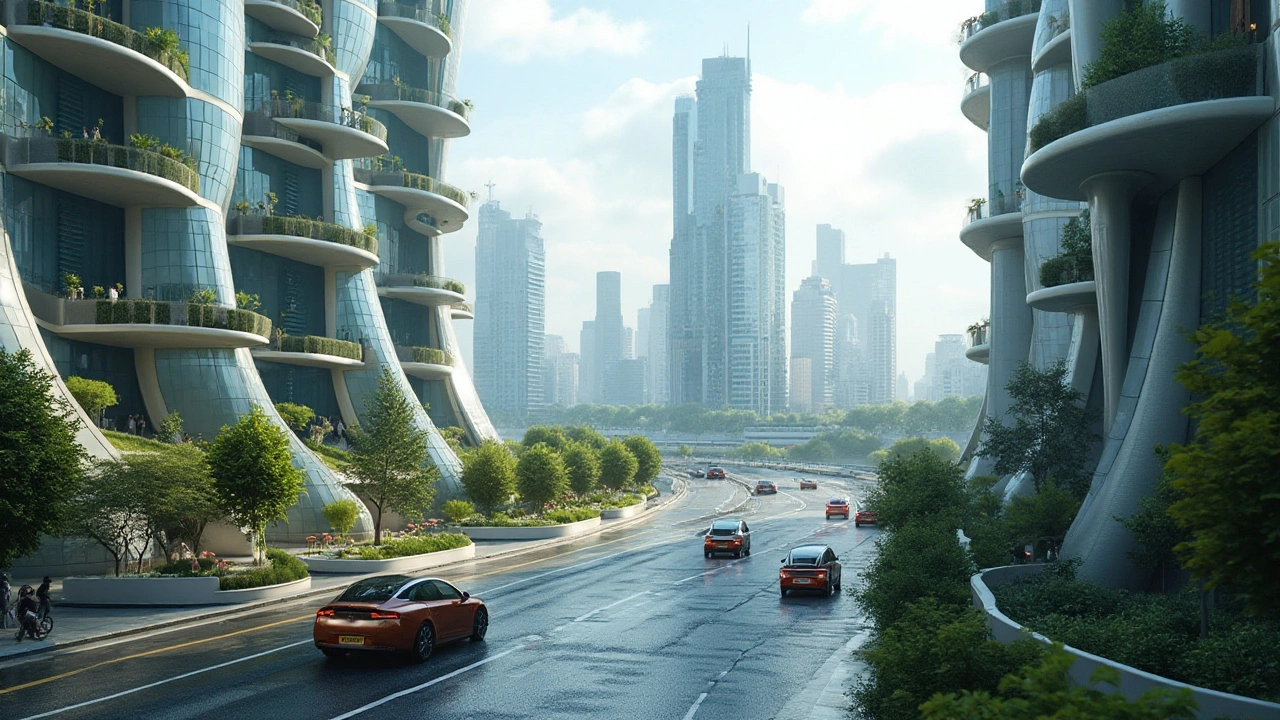Cutting-Edge Design: Practical Ideas for Modern Architecture
Cutting-edge design blends bold ideas with real-world needs. Want a home or public space that looks fresh and works better? This guide breaks down clear, useful steps you can use whether you’re a homeowner, student, or pro.
Start with people first. Observe how users move, where light matters, and what daily tasks feel awkward. Solve those small annoyances and the design will feel smart instead of showy.
Use new materials where they add value. Lightweight composites, engineered timber, and high-performance glass cut energy use and open design possibilities. Pair materials with tech like smart shading, sensors, and underfloor heating to make spaces comfortable and efficient.
Green design is central. Think local climate first: passive solar, cross ventilation, and rainwater capture cut bills and feel right for the place. Use recycled finishes and specify durable systems to avoid quick replacements.
Respect context. Cutting-edge doesn’t mean ignoring history. A bold new facade can sit next to a Georgian row if you balance scale, rhythm, and material tone. That contrast often makes both buildings read better.
Design moves and examples
Look to recent trends that work: adaptive reuse turns old factories into lively mixt-use hubs; modular construction speeds delivery and reduces waste; biophilic interiors boost mood and improve air quality. You don’t need to copy a trend—pick the parts that solve your problem.
How to start
Start small. Prototype a corner, test a new lighting plan, or try a movable partition for a month. Document what works and what annoys users. Small wins build trust and make big changes easier to approve.
Use simple tools: sketch with paper, test layouts in cheap 3D apps, and build quick cardboard models. Hire consultants for code and systems, but keep design decisions close to users. A focused team moves faster than a big committee.
Look around Macklowe Art & Architecture for practical reads: articles on minimalism in tech, postmodern shapes, Beaux-Arts preservation, and adaptive reuse show how ideas move from history into new work. Use those examples to borrow details that fit your budget and site.
Quick checklist: 1) Who uses the space? 2) What problems exist now? 3) Which materials cut energy or maintenance? 4) Can tech automate chores? 5) Does the design respect neighbors and context? Answer these before you pick a style.
Try one change and measure results. Read the linked posts under this tag for case studies and step-by-step tips. When a design solves real needs and adds a clear benefit, you know you’re on the cutting edge.
Resources to try: simple energy calculators, open-source BIM viewers, and local salvage yards for reclaimed materials. Visit museums and recent adaptive reuse projects to see details up close. If you run a small project, document costs and timelines in a short report—future work gets faster when you build a reference. Finally, ask neighbors what works for them; real feedback often points to easy wins designers miss.
Start now: sketch one idea, test it, and measure impact. Small steps create lasting design change over time.

Exploring Neo-Futurism in Modern Art and Architecture
Neo-Futurism represents a bold departure from traditional aesthetics, embracing the latest technology and innovative ideas to shape the future of art and architecture. This movement seeks to integrate sustainability and sleek design, often characterized by its dynamic forms and intricate detailing. By prioritizing ecological harmony and human-centered design, Neo-Futurism paves the way for urban environments that are both functional and inspiring. The movement challenges conventional thinking, inviting architects and artists to envision possibilities that extend beyond the present constraints. Discover how these visionary designs are redefining built environments and aesthetic values.
Read more